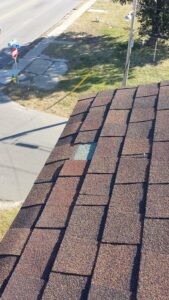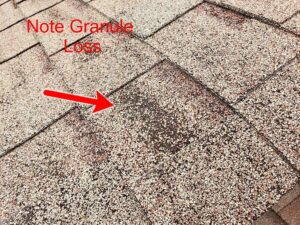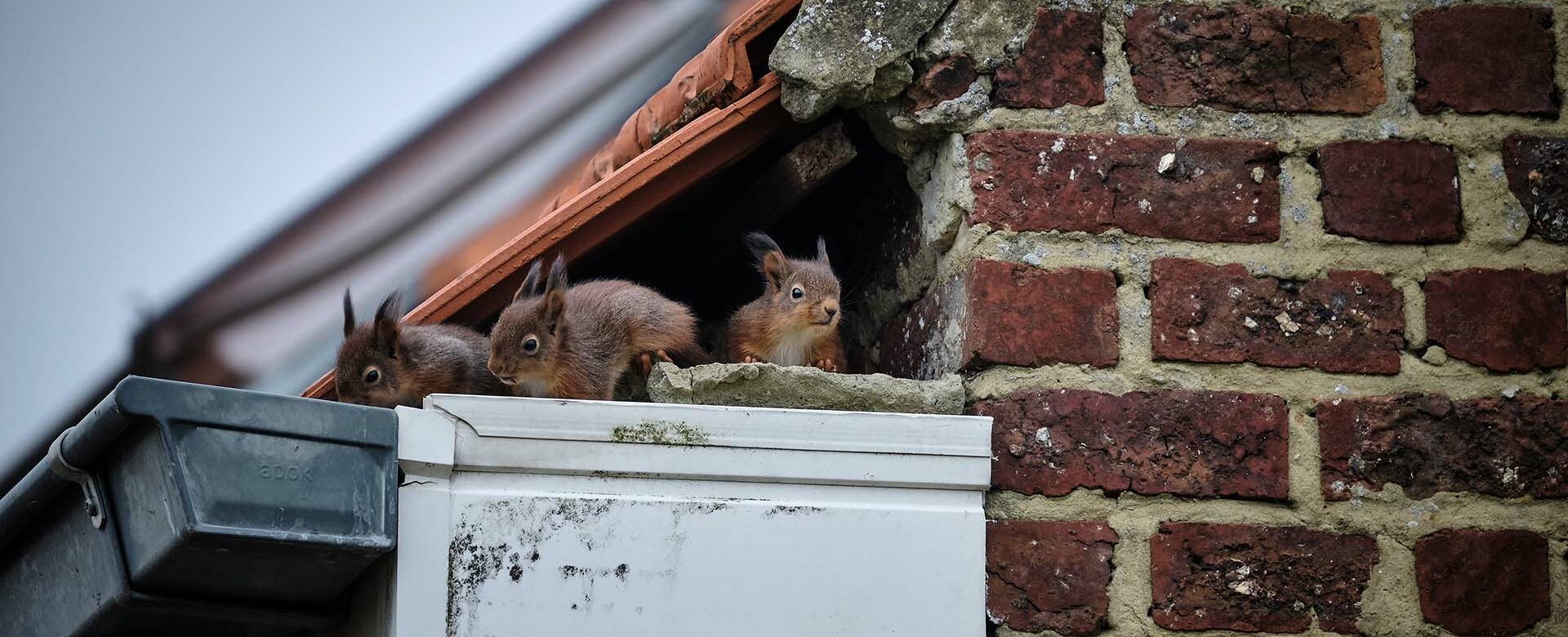Summer storm season is upon us in Hampton Roads.
While plenty of attention is paid to hurricane season and tropical storms, there are other types of summer storms on the Eastern Seaboard that can cause their fair share of damage as well.
Tornados
According to the National Weather Service, tornado season spikes in Virginia from April to September. April has the highest number of tornadoes on record: between 1950 and 2021 Virginia saw 160 tornadoes in the month of April alone, 37 of which were (E)F2 or higher. While the vast majority of those tornadoes are (E)F0 or (E)F1, they can still cause plenty of exterior damage to property.
 Derechos
Derechos
In addition to tornadoes, summer storms often bring with them derechos. The national weather service defines these storms as “widespread, long-lived wind storms associated with bands of rapidly moving showers or thunderstorms.” These storm systems can cause just as much damage with their straight-line winds as a tornado does with its cyclical wind. On June 29, 2012, Virginia was hit with one of the most destructive derecho storms on record. Dominion Energy reported it as the third worst storm to hit Virginia, leaving one million people in the state without power.
Flooding
 Flooding – from any type of storm system – is the most common and costly natural disaster, according to the Virginia Department of Conservation and Recreation. You can find out whether or not you live in a flood zone, and in exactly what area of a flood zone through the Virginia Flood Risk Information System. And as our region’s name implies, Tidewater is even more impacted by flooding due to high tides that coincide with heavy rain.
Flooding – from any type of storm system – is the most common and costly natural disaster, according to the Virginia Department of Conservation and Recreation. You can find out whether or not you live in a flood zone, and in exactly what area of a flood zone through the Virginia Flood Risk Information System. And as our region’s name implies, Tidewater is even more impacted by flooding due to high tides that coincide with heavy rain.
While these facts and figures can be scary, it’s best to understand the risk to your home and property in advance so that you can be as prepared as possible. Having a comprehensive home insurance policy and flood insurance where necessary is a great start. But to avoid having to make an insurance claim or out-of-pocket costly repairs, prevention is key.
Unfortunately, in the case of severe weather, your roof is often the most vulnerable part of your home due to its location and sheer surface area. And of course, roof damage isn’t ever just roof damage. Leaks and holes can cause interior water and property damage. Clogged, missing or damaged gutters can cause foundation issues. Even loose flashing or shingles can cause impact damage to other parts of your home.
 So how can you prepare your home’s roof for summer storms?
So how can you prepare your home’s roof for summer storms?
First, give your roof a good visual inspection. Walk the entire perimeter of your property, paying attention to shingles, flashing, vents, and gutters. Remember to also check the roofs of any exterior buildings on your property such as sheds, pool houses or workshops. These structures also need regular roofing maintenance and, depending on their use, disrepair can lead to costly property damage.
If gutters are clogged, have them cleaned out. This can prevent overflow which can lead to foundation sagging and water damage or basement flooding. If you see any loose or missing shingles, call a qualified roofing company to make an immediate repair. Even one or two missing shingles make all the other shingles around it substantially more vulnerable to being blown away. Loose or missing flashing also calls for an immediate repair as these can become dangerous and destructive projectiles. Have all work done by a licensed, professional roofing contractor and keep all your paperwork on hand in case you need to make a warranty or insurance claim if damage does occur.
If your roof needs some preventative repairs or maintenance in preparation for this summer’s storm season, contact Andrews Roofing today. We have served the Tidewater area for years and know the unique needs and requirements of homes in this region.

